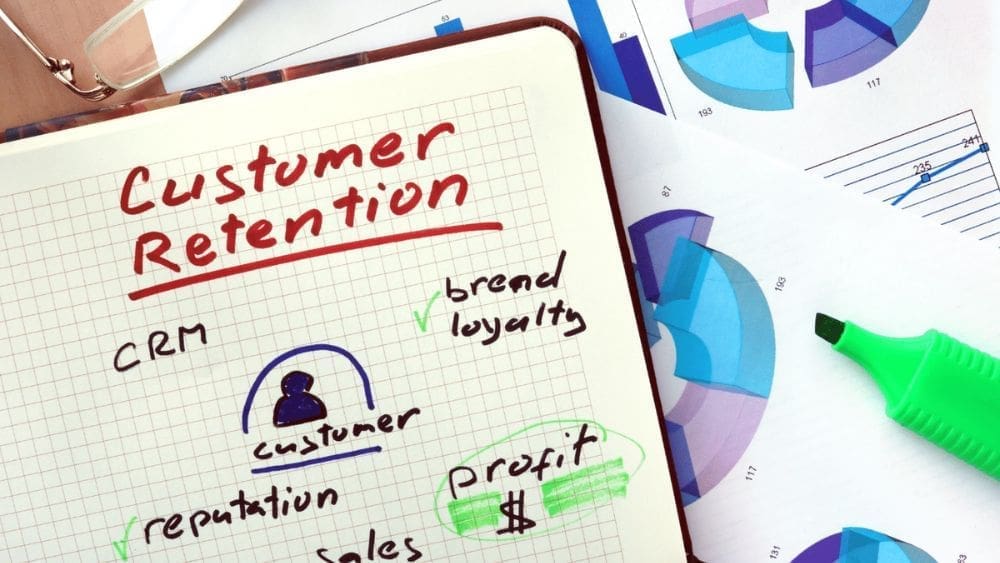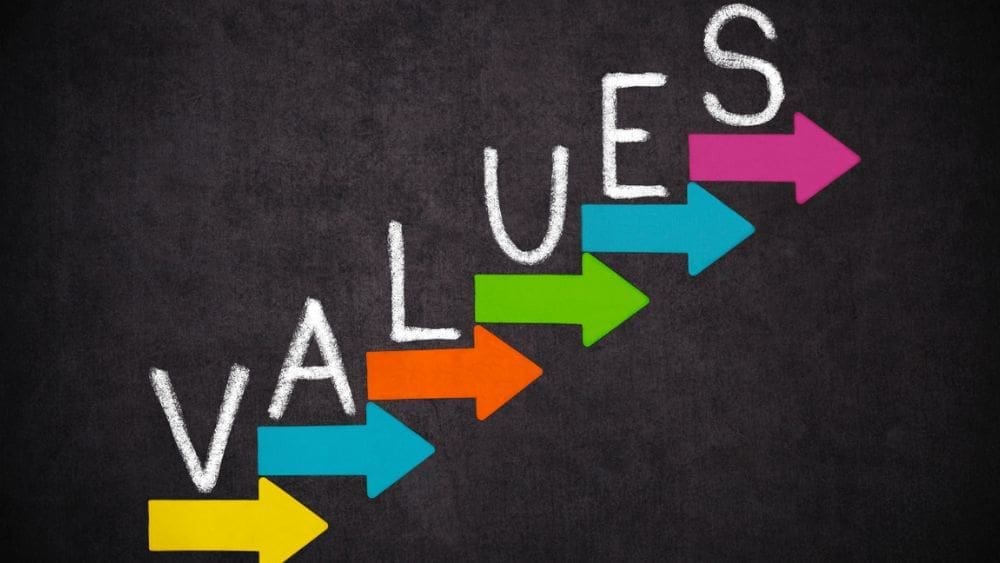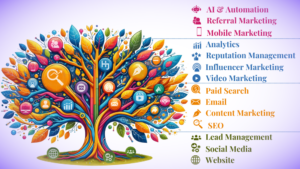
Customer stickiness and retention often get sidelined in favor of acquisition but keeping your customer base coming back for more is essential for the overall health of a business.
So, what is customer stickiness, and how is it different from customer retention? User Stickiness, in business, refers to the likelihood of a person purchasing a product more than once based on perceived value, which could be pricing, convenience, quality, or any other transactional factor. In contrast to consumer loyalty and retention, stickiness focuses on transactional value, whereas customer loyalty and retention emphasize building emotional relationships with your customers to encourage repeat business.
Attracting new customers is 5 to 25 times more costly than retaining them, according to Harvard Business Review.
More than two-thirds of a typical company’s business comes from existing customers, according to Small Biz Genius. The organization notes that just a 5 percent increase in retention can boost profit by as much as 95 percent.
That may be because the probability of selling to a new customer ranges from 5 to 20 percent, while selling to an existing customer is between 60 and 70 percent, as reported by SEMrush. Their research also notes that customers that have been with a company for 31-36 months spend 67 percent more than those in their first six months with a brand.
Yet, just 18 percent of businesses focus on retention per SEMrush, while 44 percent focus on acquisition.
Being here and reading this puts you ahead of the curve. Now, let’s cover what you can do to increase your customer stickiness.
1. Track It
If used correctly, your CRM should have all the data you need to track and measure your customer retention and churn. Retention can be calculated and tracked for any time period and represents the percentage of your customers who stick around. Churn rate is the inverse and is used to identify customers who leave, stop a recurring subscription, or otherwise end a relationship.
Retention and churn rates vary by industry. For example, retail averages around 63 percent, while banks average 75 percent, according to SEMrush data. The insurance and professional service industries are also quite high, coming in at 83 percent.
Don’t lose heart if you’re not where you could be or should be, though. The important thing is that you begin measuring and take steps to improve it no matter where you stand today.
Customer Retention Rate Calculation
[(E-N)/S] x 100 = CRR
- E: Customers at End of Period
- N: New Customers Gained During Period
- S: Customers at Beginning of Period
Let’s say you want to know your quarterly retention rate. At the end of last quarter, you had 1,500 active customers, you gained 50 during the quarter, and you started out with 1,600. Your calculation is [(1500-50)/1600] x 100 = 90.6. Your retention rate is 90.6 percent.
Churn Rate Calculation
(Customers Lost / Original Customers) x 100
In this case, let’s say you originally had 100 customers and you lost five. The equation is (5/100) x 100 = 5. Your churn rate is five percent.
2. Focus on Service
When customers use the terms “courteous, willing, and helpful” to describe a brand’s service, they’re nine times more likely to engage with it, according to Gallup. The inverse is also true. Around a third of consumers will consider switching companies after a single instance of bad service per an American Express poll. More than half have already skipped a planned purchase due to bad service.
Delivering quality service is one of the most important things you can do to improve customer stickiness. It’s the foundation for everything else.
3. Have Values

Now more than ever, people want to feel good about the brands they choose. Around two-thirds of consumers who report they have a relationship with a brand say that shared values are the primary reason, according to a Harvard Business Review survey.
Similarly, more than 70 percent of consumers prefer brands that have values that align with theirs, per Small Business Trends data. If you’re catering to millennials, the figure jumps to 83 percent.
Your brand’s values don’t necessarily need to be anything earth-shattering, but standing for something and making that something known will help you build stronger customer relationships.
4. Get Feedback
Customer feedback is essential in identifying the strengths and weaknesses of your business and brand. Customer compliments show you areas of your business that are functioning well, and even though it can be difficult to hear customer complaints, they help you identify areas for improvement. This gives you the opportunity to implement an effective strategy to prevent the same issues from occurring again and avoid unhappy customers.
There are two groups of people you need to hear from: your current clients and those who have left your business. Your current clients can tell you about their pain points with your company and give you the opportunity to save them if you’re not meeting expectations. Your past clients are likely to speak more frankly.
Surveys are a good way to get feedback from your current customers. If you’re a largely digital brand, it’s easy enough to automatically send customers a survey after an interaction with your company, such as a purchase or call to your customer service line. Your customer surveys don’t need to be detailed. In fact, the shorter you make them, the more likely people are to respond to them.
The Net Promoter Score, for example, is calculated with a single “How likely would you be to recommend…” question. Respondents then select a number one through ten to log a reply. Cumulative answers provide insights into overall customer loyalty and the company’s future growth.
You may also be able to reach previous customers with surveys, though you’re more likely to gain insights through a social listening tool. It’s a specialized software that scans the internet for mentions of your company name or branded terms, then reports its findings back to you. Some are sophisticated enough to log overall brand sentiments as well, so you can get a better feel for your online reputation.
5. Boost Engagement
Stickiness, loyalty, and retention have been largely used interchangeably throughout this article, but they’re actually different things that all work together to describe the relationships people have with a brand.
Retention simply refers to the customers you keep. After all, people may continue to come back to your business but not feel strong ties to it or ever really develop a relationship. Let’s say, for example, you run a neighborhood market. If there are no other markets anywhere near you, chances are you’re going to retain more customers even if they dislike coming to your shop. But, if a competing shop opens, you’re going to lose them.
Loyalty refers more to a customer feeling like a brand is theirs. They usually share values with a brand they’re loyal to, and they’ll recommend it to family and friends. They’ll even defend it if need be. There’s an emotional bond.
Stickiness is more about customers choosing to return to your brand time and time again, which is why it is sometimes referred to as brand stickiness. For example, if you run a SaaS company and your onboarding program brings your customers back to your software to complete tasks, you increase stickiness. Likewise, getting customers to come back and complete another transaction also represents stickiness.
However, stickiness doesn’t always refer to a paid transaction. Each time someone engages with your brand, that’s stickiness too. It’s one of the many reasons I’m a fan of content marketing. Every time a customer consumes your content, your stickiness increases.
These seemingly small increases in customer stickiness ultimately improve your revenue, plus lead to greater retention and loyalty.
6. Educate
Most companies can create some type of client onboarding process. It’s an opportunity to educate new customers on how to use your products or services correctly or maximize the value they’re receiving from them. Interestingly, customers love onboarding programs too. Nearly nine in ten say they’re more likely to stay loyal to a company that welcomes and onboards them, per Wyzowl research. Your content marketing can continue educating them after onboarding concludes too.
7. Create a Loyalty Program
Implementing a loyalty program and rewarding loyal customers not only benefits your customer retention strategy and customer experience, but it also improves your customer stickiness because you are encouraging customers to purchase a product more than once.
Nearly three-quarters of consumers say loyalty programs are a meaningful part of their relationships with brands, according to Forbes research. Around a third say loyalty programs make their brand experiences better. They have the ability to increase the frequency of purchase and spend as well.
Get Help Improving Your Digital Marketing
Increasing customer stickiness is imperative to overall growth, but it’s only one part of the picture. Moreover, there is a multitude of factors that relate to stickiness, which means it’s not always easy to diagnose an issue or identify the best solution. As a digital marketing consultant with a background in business, I help small and midsize companies overcome these challenges and grow stronger every day. If you’d like help improving your digital marketing, contact me for a complimentary consultation.


































































